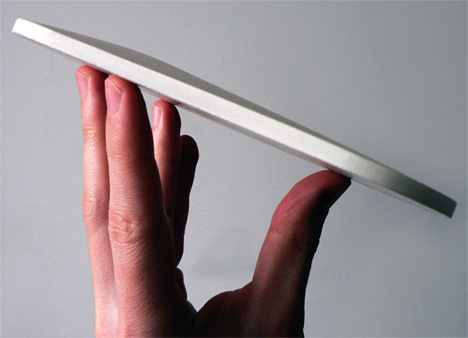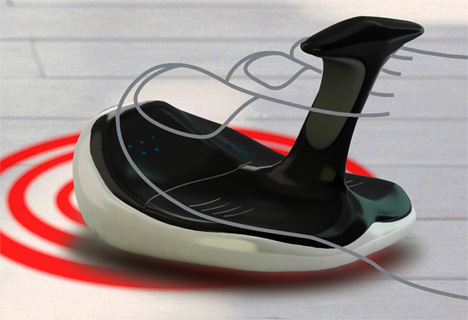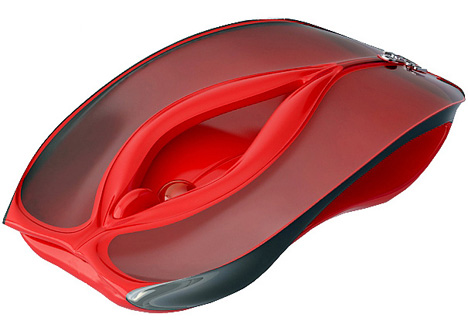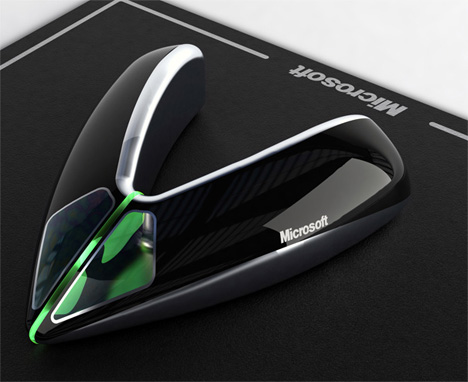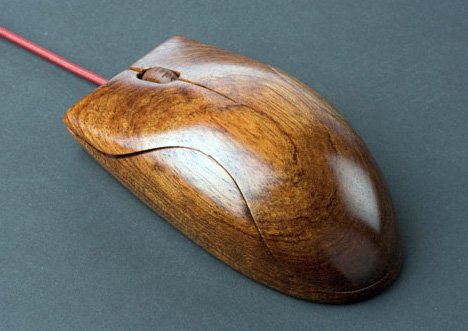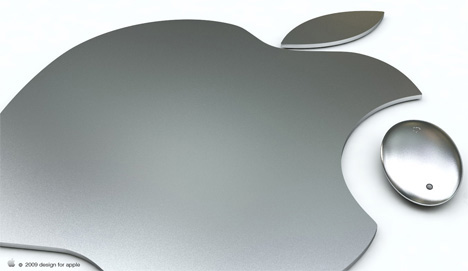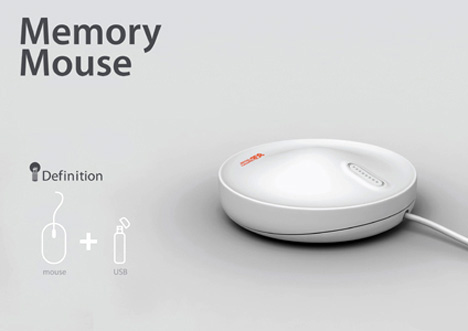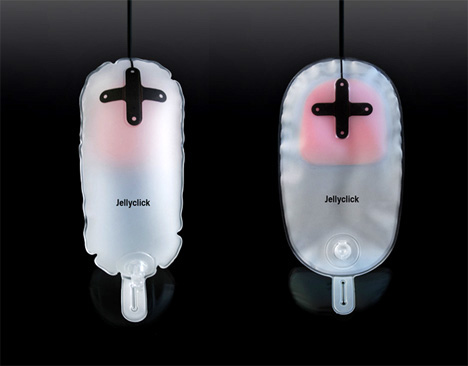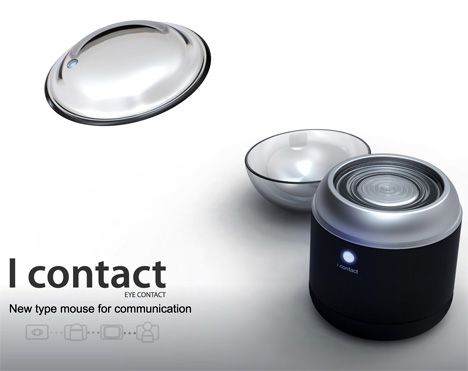 |
| Toyota Prius đã tròn 10 tuổi với 3 thế hệ |
Tuy nhiên, nếu làm thử một phép tính trung bình tổng doanh số Prius bán ra từ tháng bảy năm 2000 đến hiện tại, kết quả tương đương với 6.250 chiếc mỗi tháng. Kể từ đầu năm đến nay, doanh số của Toyota Prius trung bình đạt 11.000 chiếc mỗi tháng chỉ riêng tại Mỹ. Những con số có thể nói lên sự tăng trưởng của Prius, kể từ khi ra mắt đến năm 2007, tổng doanh số bán ra của Prius chỉ đạt khoảng 500.000, tuy nhiên chỉ trong vòng 3 năm tính từ 2008 đến hiện tại Toyota đã bán được hơn 400.000 chiếc.
Tại sao Toyota lại phát triển Prius... Toyota đã phát triển Prius vào thời điểm nào?
Ngành công nghiệp ô tô hiếm khi có cơ hội nắm bắt được xu hướng mà thị trường có khả năng hỗ trợ cho họ, đơn giản là họ không có khả năng nghiên cứu và phát triển xe mà không sinh lợi nhuận trong một thời gian ngắn . Với Prius, Toyota đã đánh cược để có cơ hội giành lấy ưu thế so với các đối thủ cạnh tranh.
"Từ những năm 90 của thế kỷ trước, Toyota nhận ra rằng giao thông vận tải bền vững sẽ trở thành một thách thức rất lớn trong những thập kỷ tới", ông Jim Lentz, Chủ tịch kiêm COO của Toyota Motor Sales, USA, Inc đã nói rằng "Những nhận định này đã được chứng minh là chính xác, thậm chí còn hơn cả những gì chúng ta biết ngày hôm nay".
Hãy cùng nhìn lại quá trình phát triển của Prius:
Năm 1990: Các cuộc họp đã diễn ra tại trung tâm công nghệ Higashifugi, thuộc thành phố Toyota và dự án G21 được khởi động - một chiếc xe cho thế kỷ 21. Với mục tiêu đề ra là một chiếc xe có khả năng chay 20km/1lit nhiên liệu - hiệu quả hơn 50% so với các xe tại thời điểm đó.
Tháng 1 - 1994: Nhóm nghiên cứu dự án đã chọn ra hệ thống truyền lực, khung xe... họ đã được cho phép phát triển các bộ phận mới từ đầu "nếu cần thiết."
Tháng 7 - 1994: Giai đoạn 3 của dự án G21 bắt đầu, quá trình phát triển được tăng tốc cho sự ra đời của Prius song song với việc phát triển thử nghiệm hệ thống Hybrid của Toyota.
Tháng 6 - 1995: Hệ thống Hybrid của Toyota được duyệt với tên mã 890T.
Tháng 10 - 1995: Prius Hybrid concept ra mắt tại triển lãm ô tô Tokyo với hệ thống Toyota-EMS (Energy Management System).
Tháng 11 - 1996: nắm bắt được xu hướng phát triển của xe điện và xe Hybrid, Toyota và Matsushita đã thành lập liên doanh Panasonic EV energy.
Tháng 11 - 1997: Thế hệ thứ nhất của Prius được tung ra tại Nhật bản sau 17 tháng thiết kế. Chiếc xe đã giành giải "Xe của Năm" tại Nhật bản và giải thưởng "Bảo vệ khí hậu toàn cầu" tại Mỹ do EPA trao.
 |
| Prius thế hệ đầu tiên |
Tháng 7 - 1998: Một công bố được đưa ra dự đoán Toyota sẽ xuất khẩu hằng tháng khoảng 20.000 chiếc Prius cho thị trường Bắc Mỹ và châu Âu.
Năm 2000: Thời kỳ hậu Prius bắt đầu. Kể từ đây, khái niệm về sự kết hợp giữa hiệu suất và tính thân thiện môi trường của một chiếc xe bắt đầu bén rễ, Prius là chuẩn mực, bất kỳ chiếc xe tiết kiệm nhiên liệu nào cũng sẽ được đem ra so sánh với Prius.
Năm 2003: Doanh số của Prius đạt 24.000 chiếc, tăng gấp đôi so với dự đoán ban đầu.
Năm 2004: Thế hệ thứ 2 của Prius được tung ra và gặt hái thành công với giải thưởng "Xe của năm" do tạp chí Motor Trend bình chọn.
 |
| Prius thế hệ thứ 2 |
Năm 2007: Tính từ năm 2000, tổng doanh số của Prius cán mốc 500.000 tại Mỹ.
Năm 2009: Thế hệ thứ 3 của Prius - đời 2010 tấn công thị trường với động cơ 1.8, mạnh hơn động cơ cũ 25% với mức tiêu thụ nhiên liệu đạt 5,5 lit/100km.
 |
| Prius thế hệ thứ 3 đời 2010. |
Yếu tố nào sẽ quyết định tương lai của Prius?
Trước tiên, nếu giá xăng liên tục tăng sẽ giữ cho nhu cầu đối với Prius luôn ở mức cao, nhưng Toyota sẽ không ngủ quên với vòng nguyệt quế mà không có gì khác để trông mong ngoài giá xăng cao để bán chiếc xe được coi là chuẩn mực của mình. Toyota nhắc nhở chúng ta rằng, bước tiếp theo trong tiến hóa không ngừng phát triển của Prius đã thực sự bắt đầu ... với tên gọi là Prius Plug-in Hybrid (PHV). PHV hiện đang được thử nghiệm ở rất nhiều khu vực trên thế giới, dự kiến sẽ được bán ra vào năm 2012.
Bên cạnh đó, Toyota đã bóng gió về hệ thống Hybrid Synergy Drive luôn được trông đợi với các thành phần nâng cấp, và một ngày nào đó, các nguồn nhiên liệu thay thế như hydrogen cũng có thể tìm được đường đến với "phương trình Prius".
Theo Giaoducthoidai























